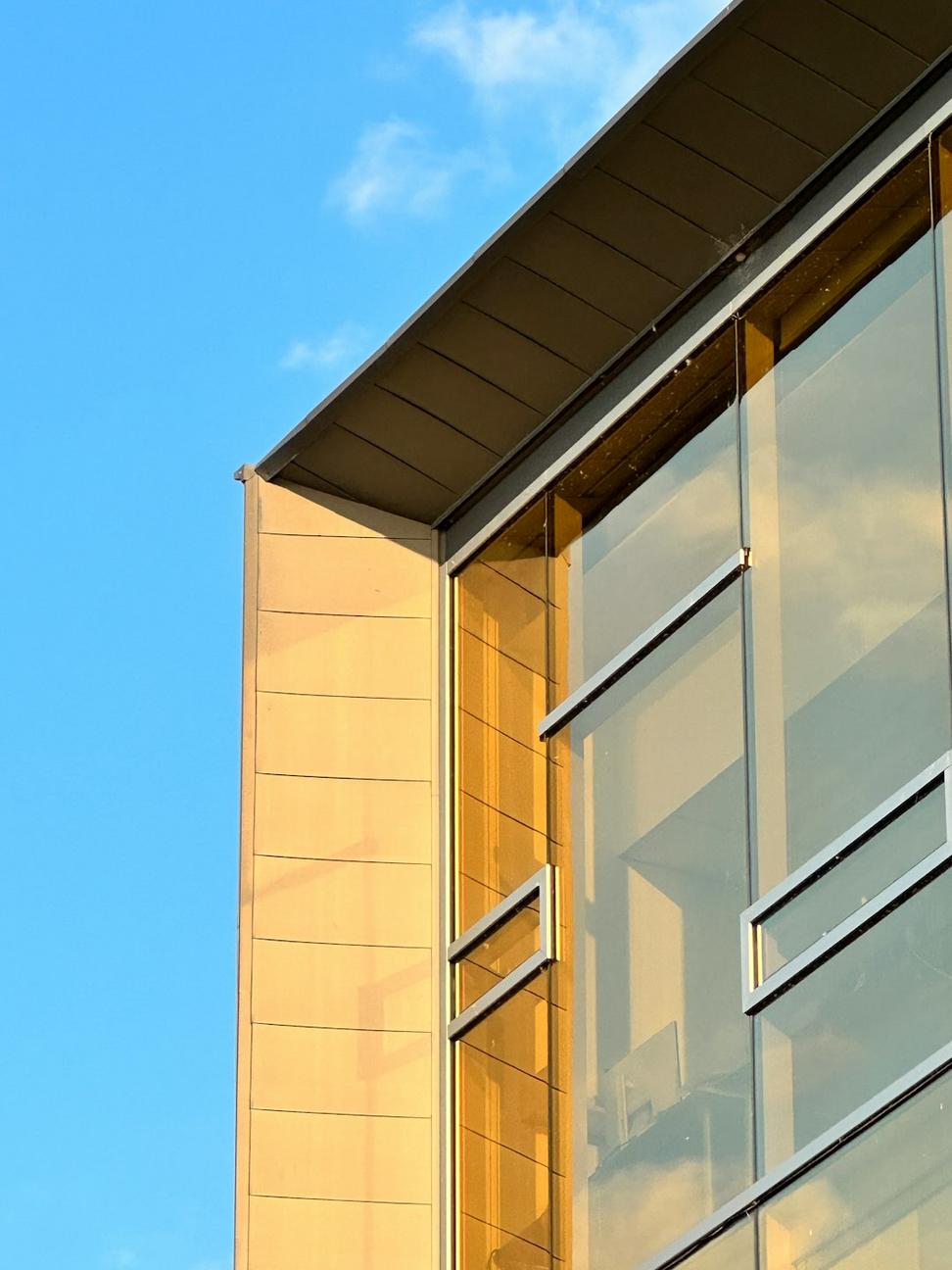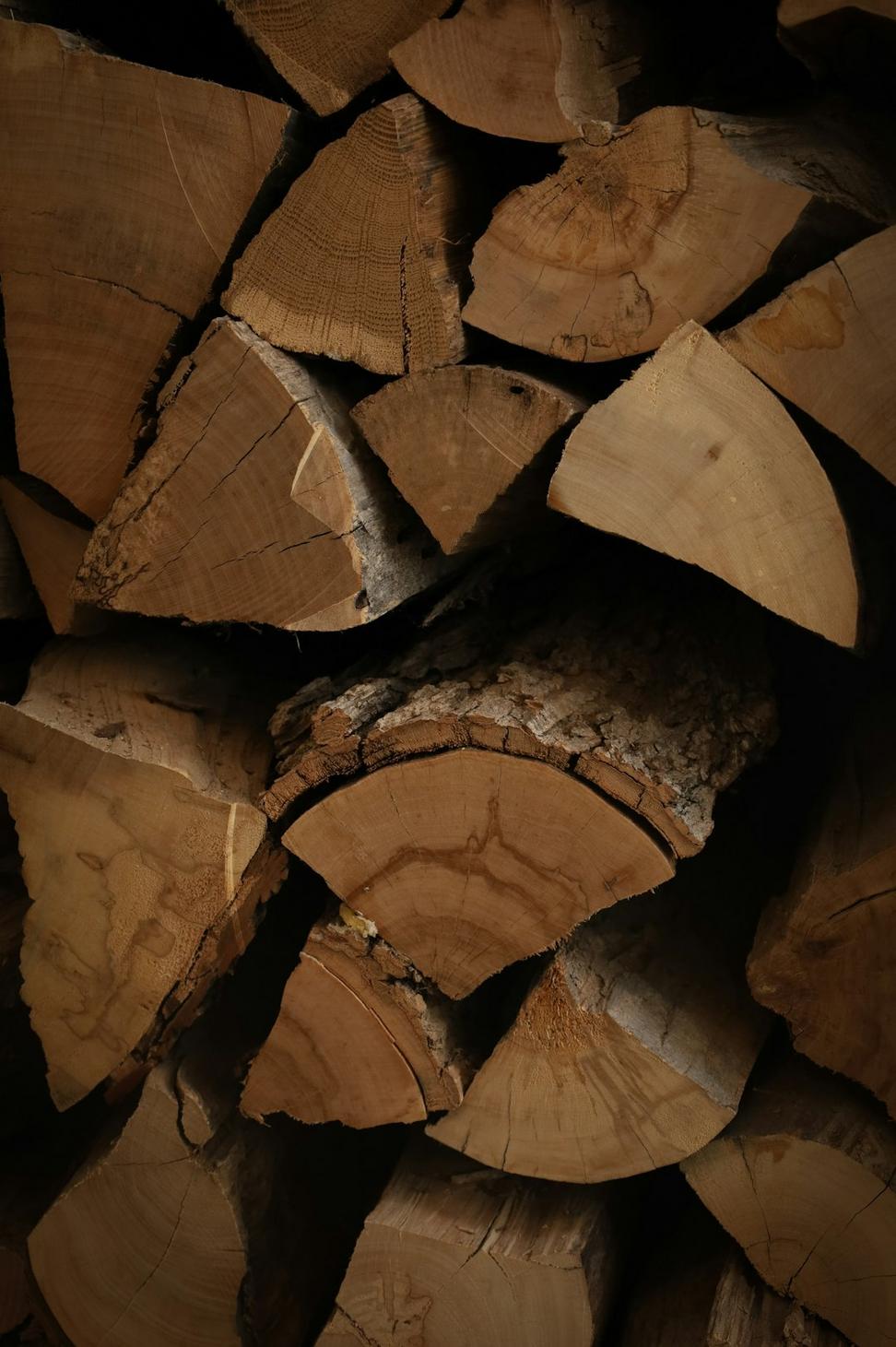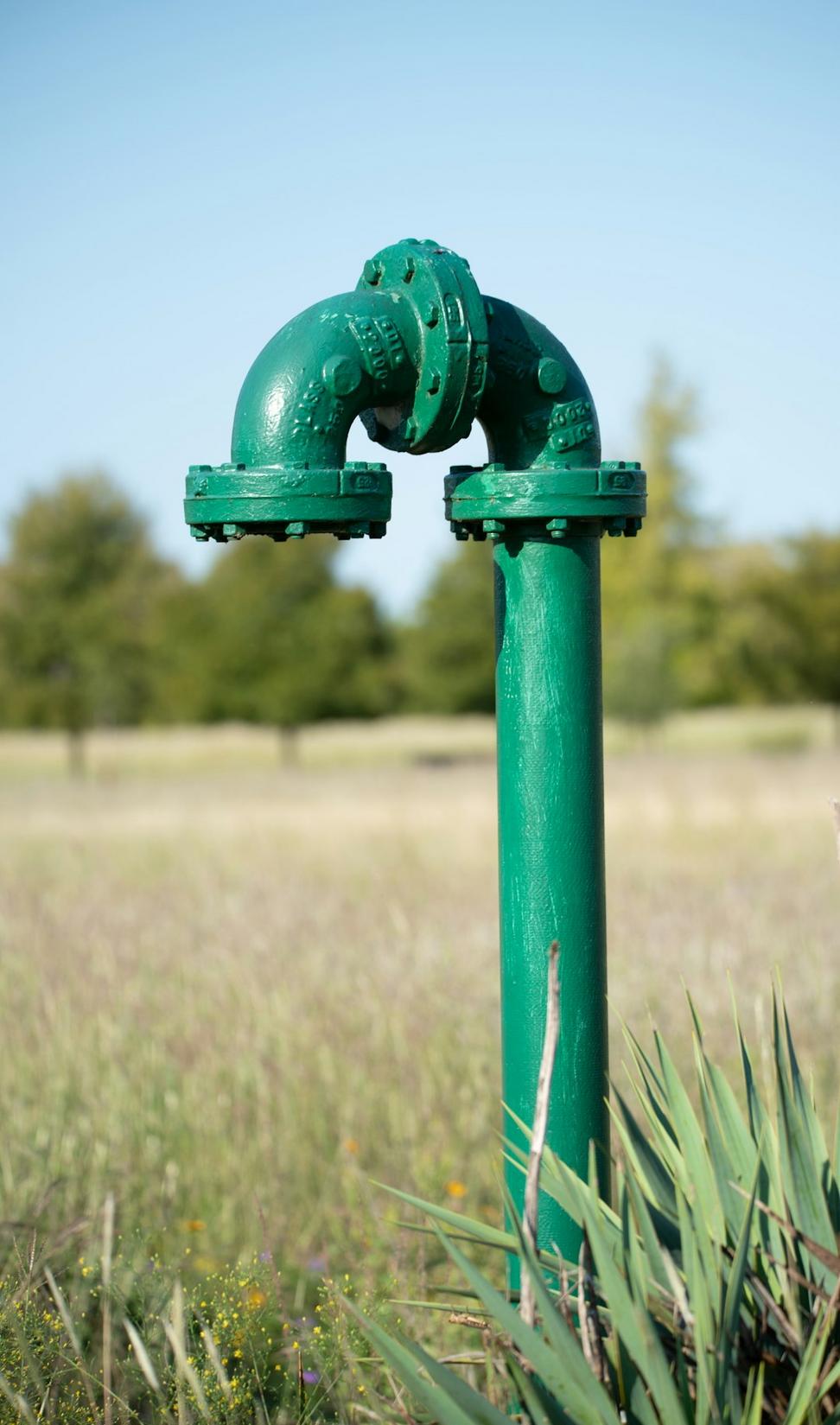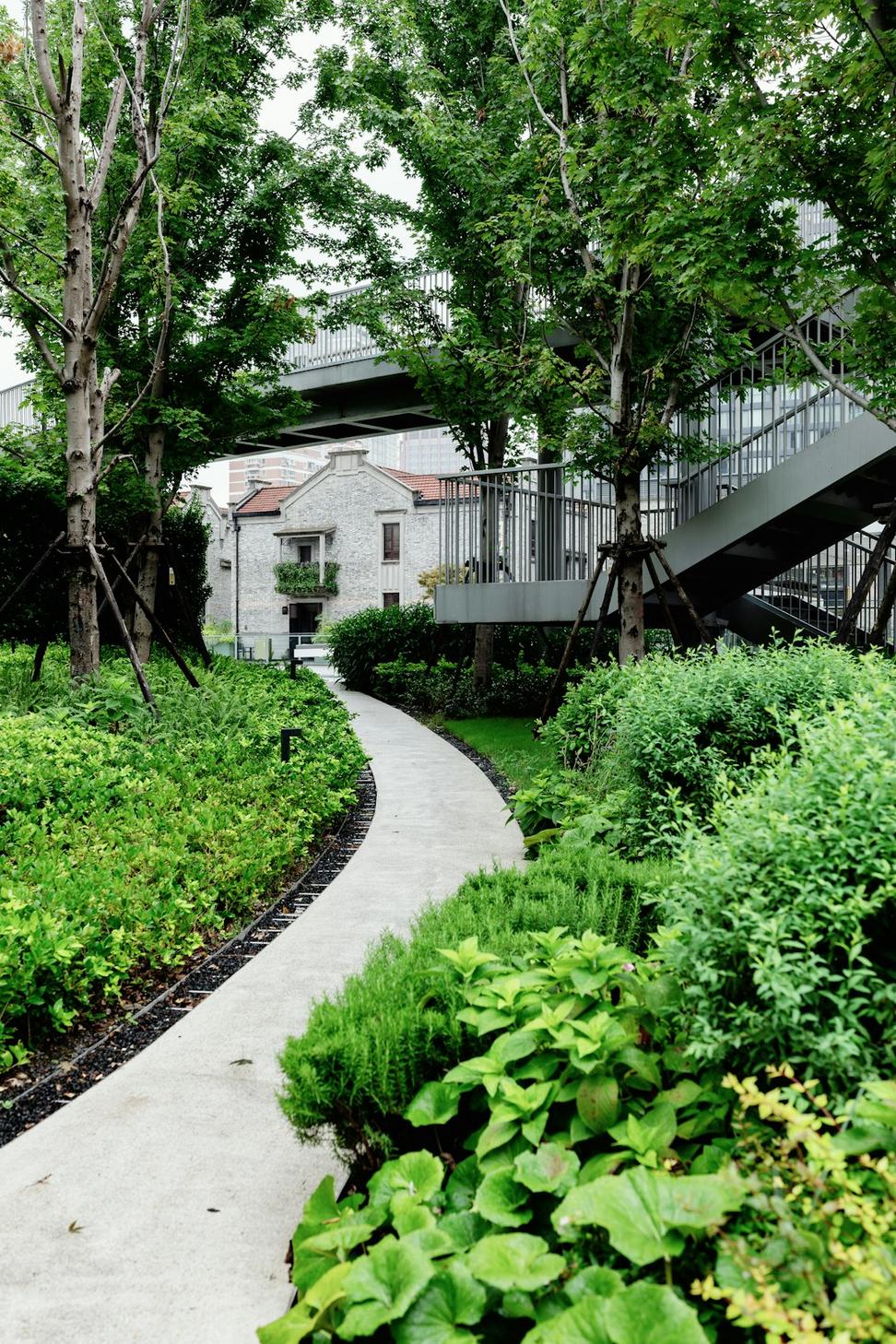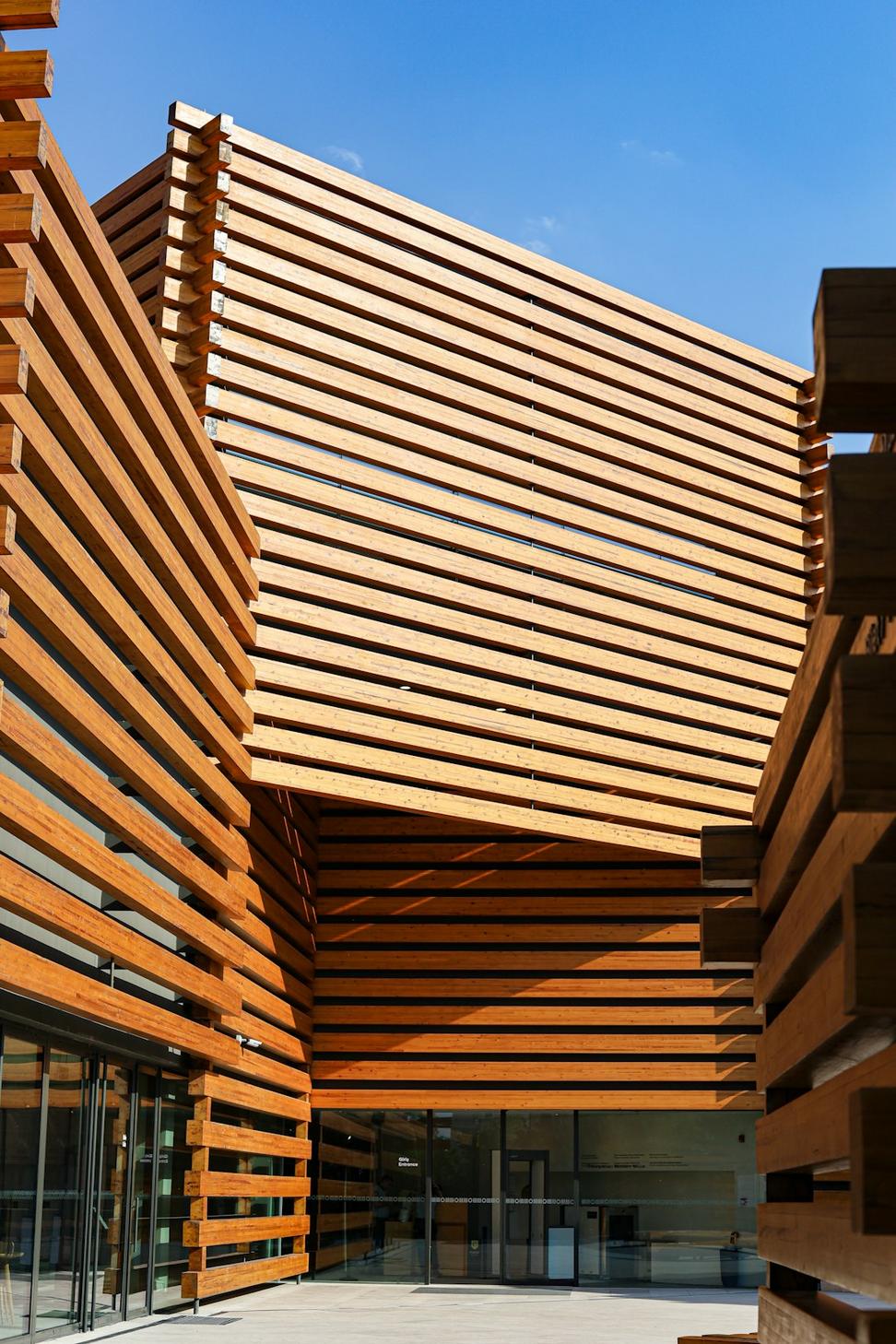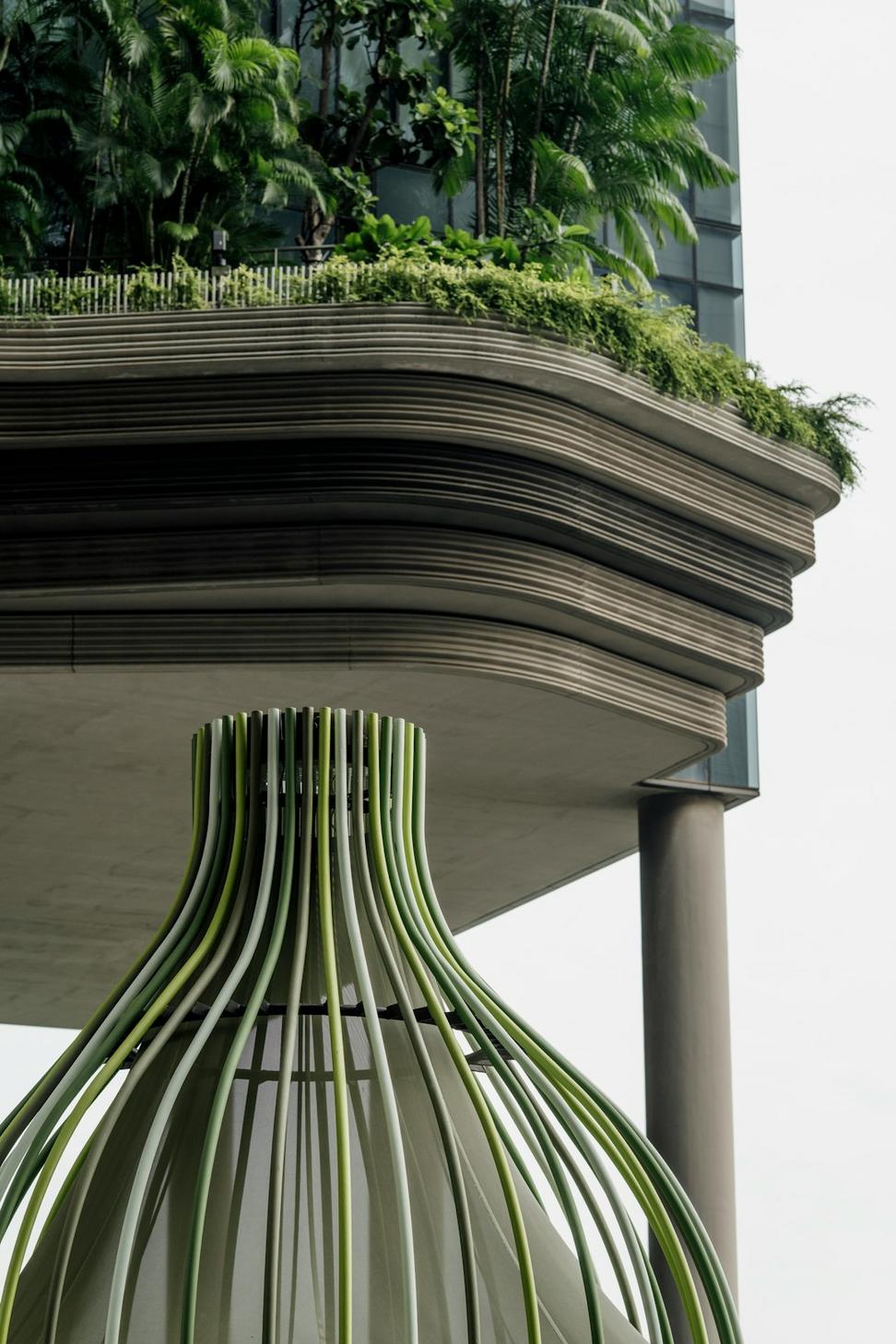
Why We're Obsessed With This Stuff
Fifteen years ago, I watched a beautiful historic warehouse get demolished when it could've been saved. That stuck with me. Since then, our studio's been pretty single-minded about one thing: every building we touch needs to give back more than it takes.
It's not about chasing certifications (though yeah, we've got those). It's about looking at a site and asking "how can this actually improve things?" Sometimes that means preserving what's already there. Sometimes it means rethinking everything from the ground up.
"Every project's a chance to prove that smart design and environmental responsibility aren't opposites—they're partners."
